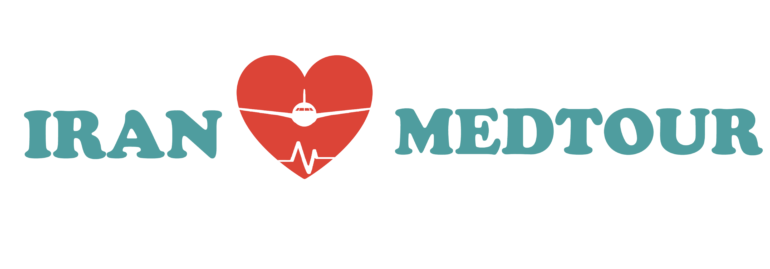Most surgeons in Eye surgery in Iran have high experience in Eye surgery and graduated from reputable American and European universities. Corneal transplantation Package In Iran provided by Silk Road company includes introducing the best hospitals and clinics such as NOOR eye surgery hospital and Farabi Hospital, flight ticket, hotel, pick up and transfer to help to facilitate the patient’s treatment procedure easier and cheaper with the best quality.
Specialty eye hospitals and clinics in Iran cover all steps of cornea transplant procedure including doctor visits, laboratory tests, medical photography, Eye surgery in the hospital, post-operative care, medicines, recovery, and follow-up with the best quality and the cheapest price.
 English
English
 English
English
 English
English




